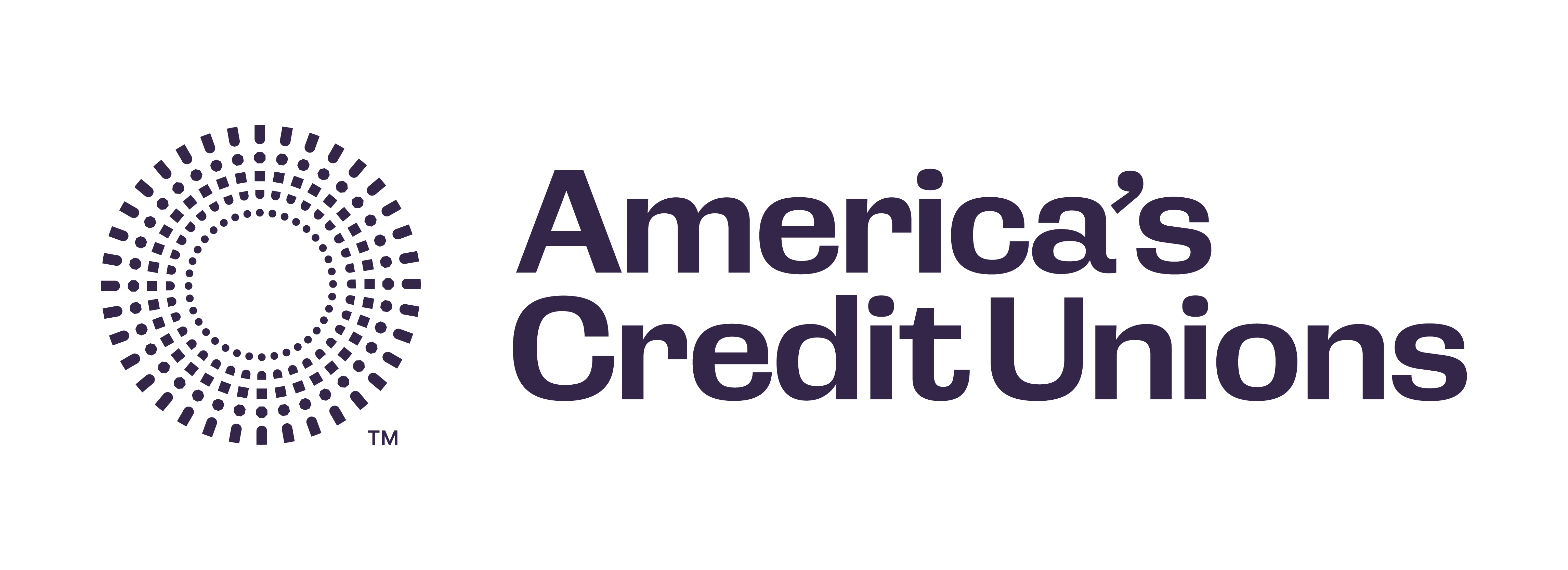Newsroom
NAFCU identifies cons of a CBDC in letter to Commerce Dept
 NAFCU Senior Counsel for Research and Policy Andrew Morris Tuesday wrote a letter to the Department of Commerce’s International Trade Administration (ITA) in response to its request for comment (RFC) on digital assets, as directed by President Joe Biden's Executive Order on Ensuring Responsible Development of Digital Assets. Through the RFC, the Commerce Department requested feedback on potential impacts that a central bank digital currency (CBDC) would have on the U.S. digital assets sector, to what extent, and more. Of note, NAFCU sent members a Regulatory Alert on the RFC.
NAFCU Senior Counsel for Research and Policy Andrew Morris Tuesday wrote a letter to the Department of Commerce’s International Trade Administration (ITA) in response to its request for comment (RFC) on digital assets, as directed by President Joe Biden's Executive Order on Ensuring Responsible Development of Digital Assets. Through the RFC, the Commerce Department requested feedback on potential impacts that a central bank digital currency (CBDC) would have on the U.S. digital assets sector, to what extent, and more. Of note, NAFCU sent members a Regulatory Alert on the RFC.
With respect to the RFC’s solicitation for input on a CBDC, Morris reiterates NAFCU’s position that the costs would outweigh the benefits – as the association has communicated previously to the Federal Reserve on the same topic – and namely, that superior alternatives exist for accomplishing the same objectives.
Concerning digital asset regulation, the letter incorporates what NAFCU has conveyed in prior comments to the NCUA and Congress. Specifically, Morris draws attention to private and public sector payments initiatives to illustrate the availability of less disruptive alternatives for achieving payments improvement. On the topic of financial inclusion, Morris highlights the valuable role credit unions already play in terms of reaching underserved populations and recommend - as an alternative to CBDC - ways to support credit union engagement with these communities.
In addition, the letter addresses other questions presented in the RFC, relating primarily to issues of global competitiveness, by offering several high-level principles to incorporate in any future “framework.” These principles include:
- a level playing field for credit unions, banks, and other financial companies seeking to engage with digital asset technologies;
- the application of consumer protection laws to entities facilitating consumer engagement with digital assets; and
- support for responsible innovation within the credit union industry.
“With respect to fostering U.S. competitiveness in the broader arena of digital asset related activities, NAFCU encourages the ITA and Commerce to support a level playing field, the consistent application of consumer financial protection law, and the encouragement of responsible credit union innovation,” concluded Morris.
Read the full letter. NAFCU has engaged with the Fed on this topic and solicited member feedback to inform the association's comment letter. NAFCU will monitor this topic as discussion about CBDC continues.
Share This
Related Resources
Add to Calendar 2024-06-26 14:00:00 2024-06-26 14:00:00 Gallagher Executive Compensation and Benefits Survey About the Webinar The webinar will share trends in executive pay increases, annual bonuses, and nonqualified benefit plans. Learn how to use the data charts as well as make this data actionable in order to improve your retention strategy. You’ll hear directly from the survey project manager on how to maximize the data points to gain a competitive edge in the market. Key findings on: Total compensation by asset size Nonqualified benefit plans Bonus targets and metrics Prerequisites Demographics Board expenses Watch On-Demand Web NAFCU digital@nafcu.org America/New_York public
Gallagher Executive Compensation and Benefits Survey
preferred partner
Gallagher
Webinar
Add to Calendar 2024-06-21 09:00:00 2024-06-21 09:00:00 The Evolving Role of the CISO in Credit Unions Listen On: Key Takeaways: [01:30] Being able to properly implement risk management decisions, especially in the cyber age we live in, is incredibly important so CISOs have a lot of challenges here. [02:27] Having a leader who can really communicate cyber risks and understand how ready that institution is to deal with cyber events is incredibly important. [05:36] We need to be talking about risk openly. We need to be documenting and really understanding what remediating risk looks like and how you do that strategically. [16:38] Governance, risk, compliance, and adherence to regulatory controls are all being looked at much more closely. You are also seeing other technology that is coming into the fold directly responsible for helping CISOs navigate those waters. [18:28] The reaction from the governing bodies is directly related to the needs of the position. They’re trying to help make sure that we are positioned in a way that gets us the most possibility of success, maturing our postures and protecting the institutions. Web NAFCU digital@nafcu.org America/New_York public
The Evolving Role of the CISO in Credit Unions
preferred partner
DefenseStorm
Podcast
AI in Action: Redefining Disaster Preparedness and Financial Security
Strategy
preferred partner
Allied Solutions
Blog Post
Get daily updates.
Subscribe to NAFCU today.
